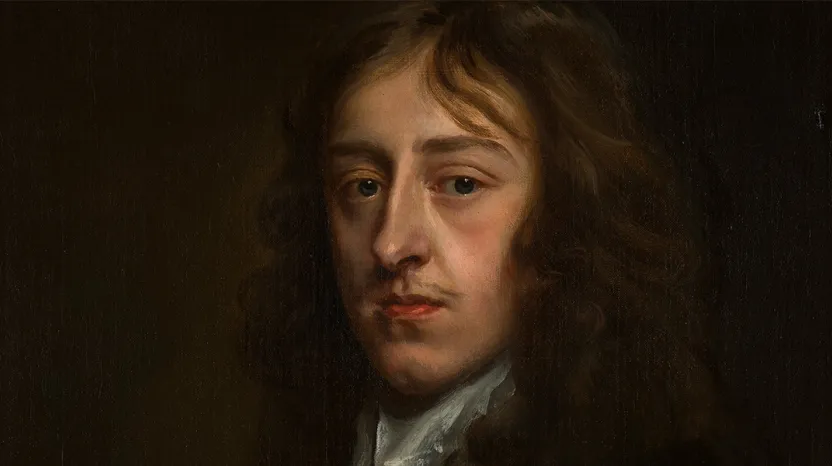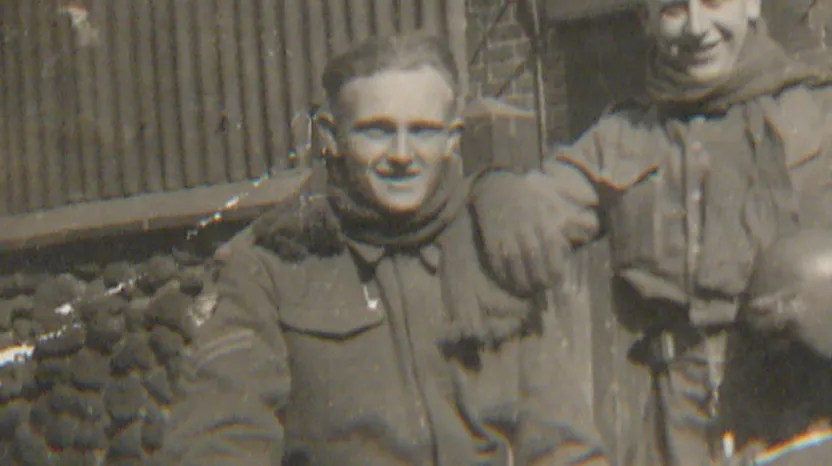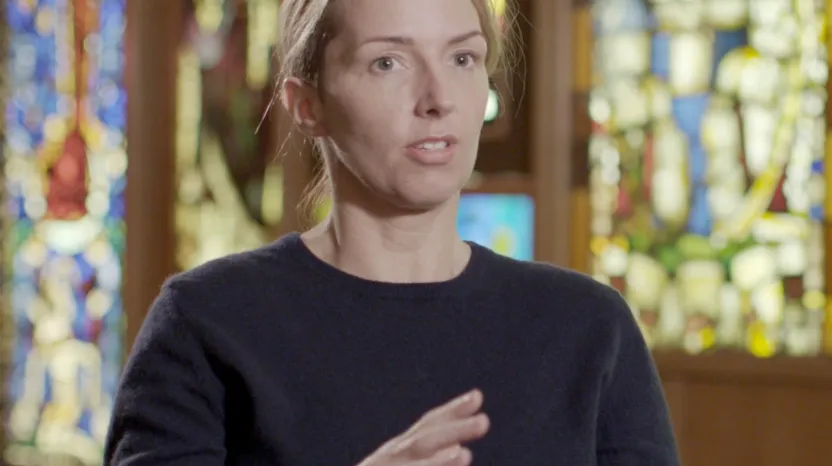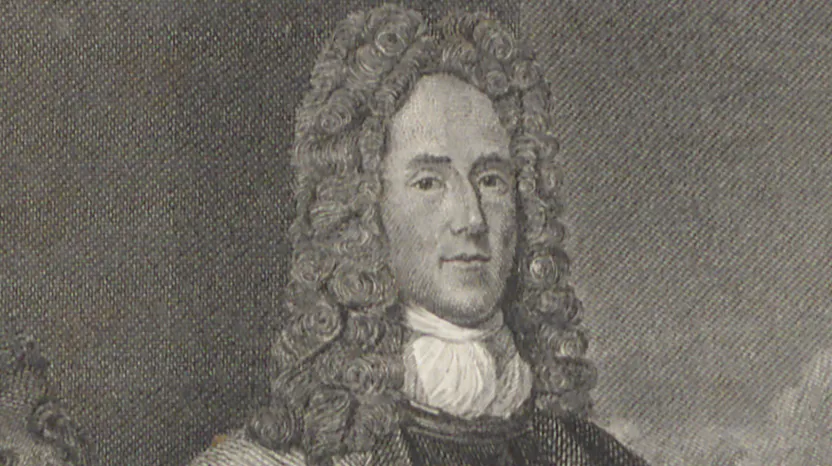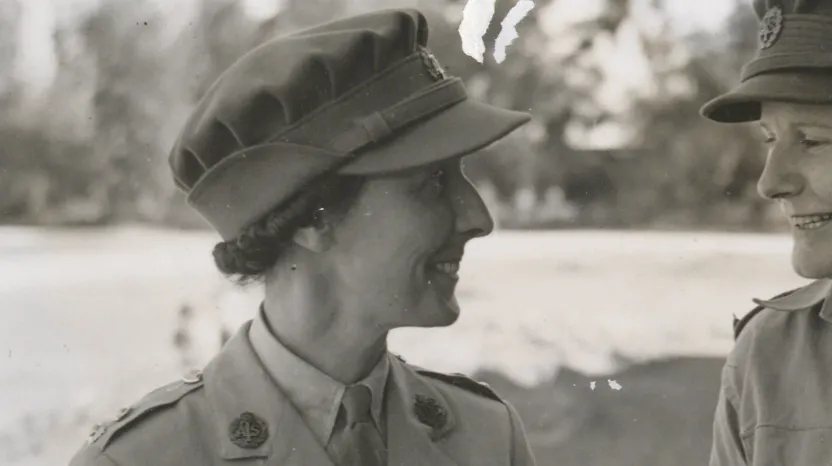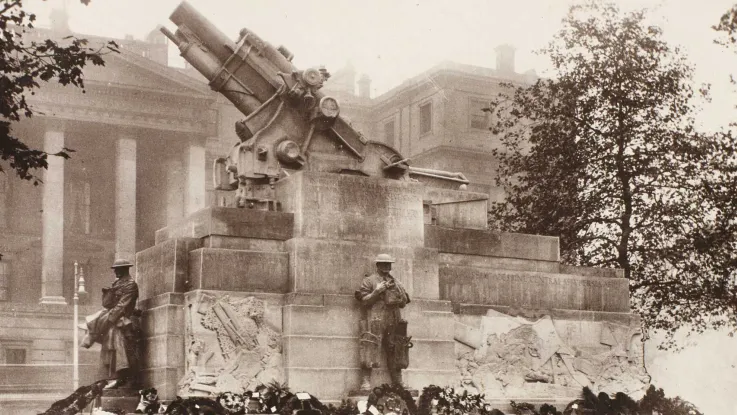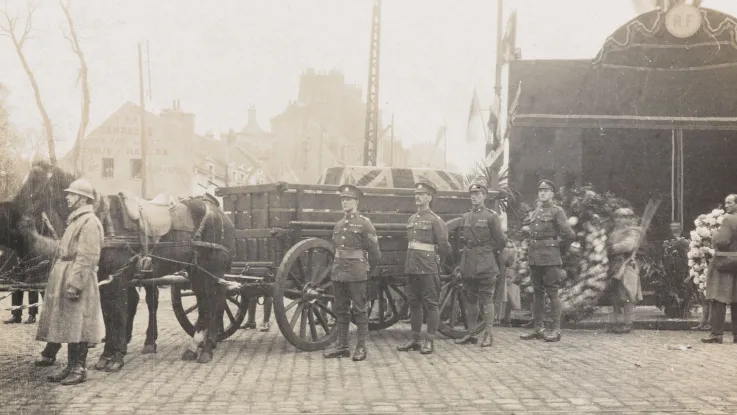Explore
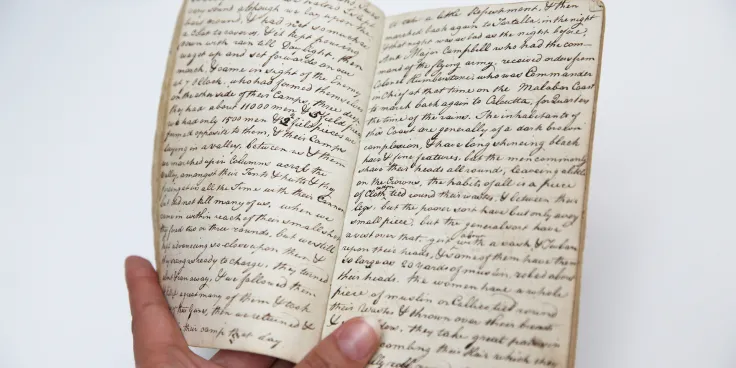
A Soldier's Life
In Their Own Words: Unknown Soldier of the 100th Foot
A journal by an unknown private of the 100th Foot, documenting his time in India during the Second Mysore War (1780-84), tells a remarkable story of adventure and survival.
Explore by theme



